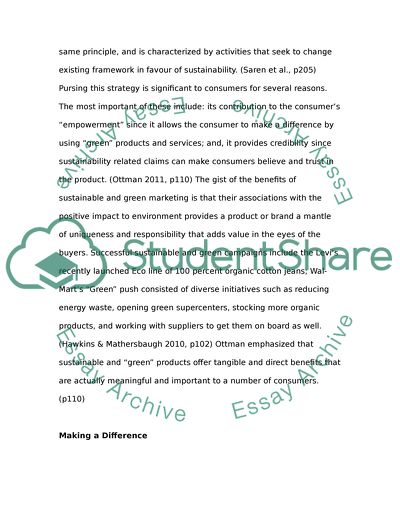Cite this document
(“Adding value through marketing Essay Example | Topics and Well Written Essays - 1500 words”, n.d.)
Retrieved from https://studentshare.org/marketing/1420810-adding-value-through-marketing
Retrieved from https://studentshare.org/marketing/1420810-adding-value-through-marketing
(Adding Value through Marketing Essay Example | Topics and Well Written Essays - 1500 Words)
https://studentshare.org/marketing/1420810-adding-value-through-marketing.
https://studentshare.org/marketing/1420810-adding-value-through-marketing.
“Adding Value through Marketing Essay Example | Topics and Well Written Essays - 1500 Words”, n.d. https://studentshare.org/marketing/1420810-adding-value-through-marketing.


